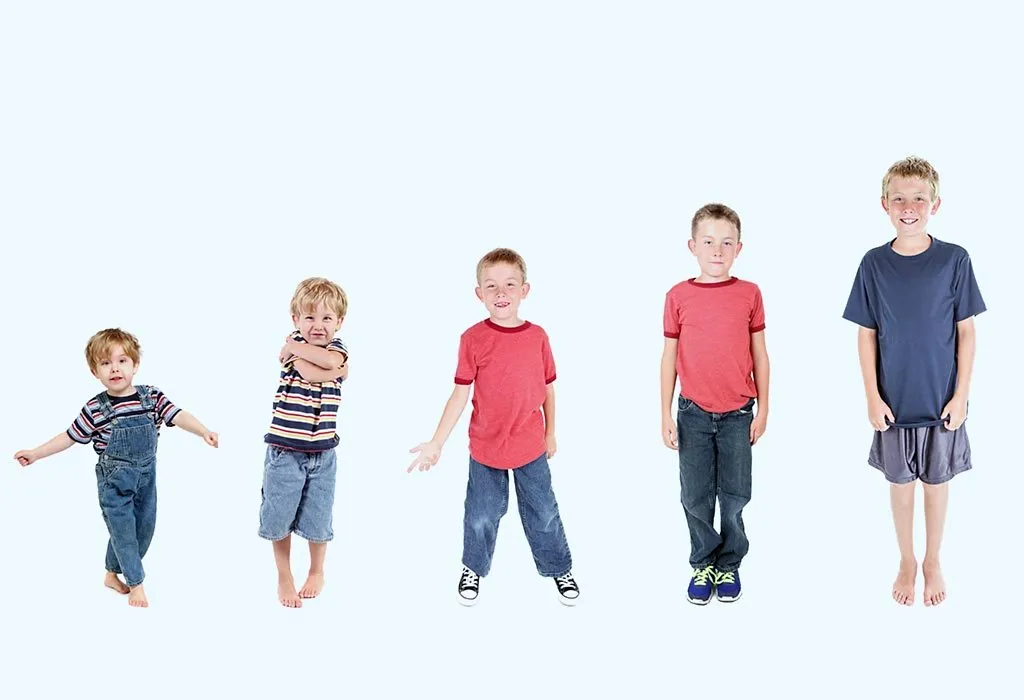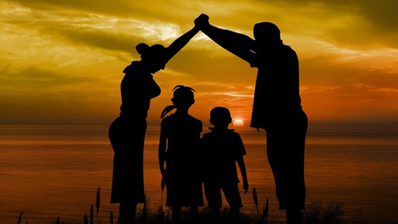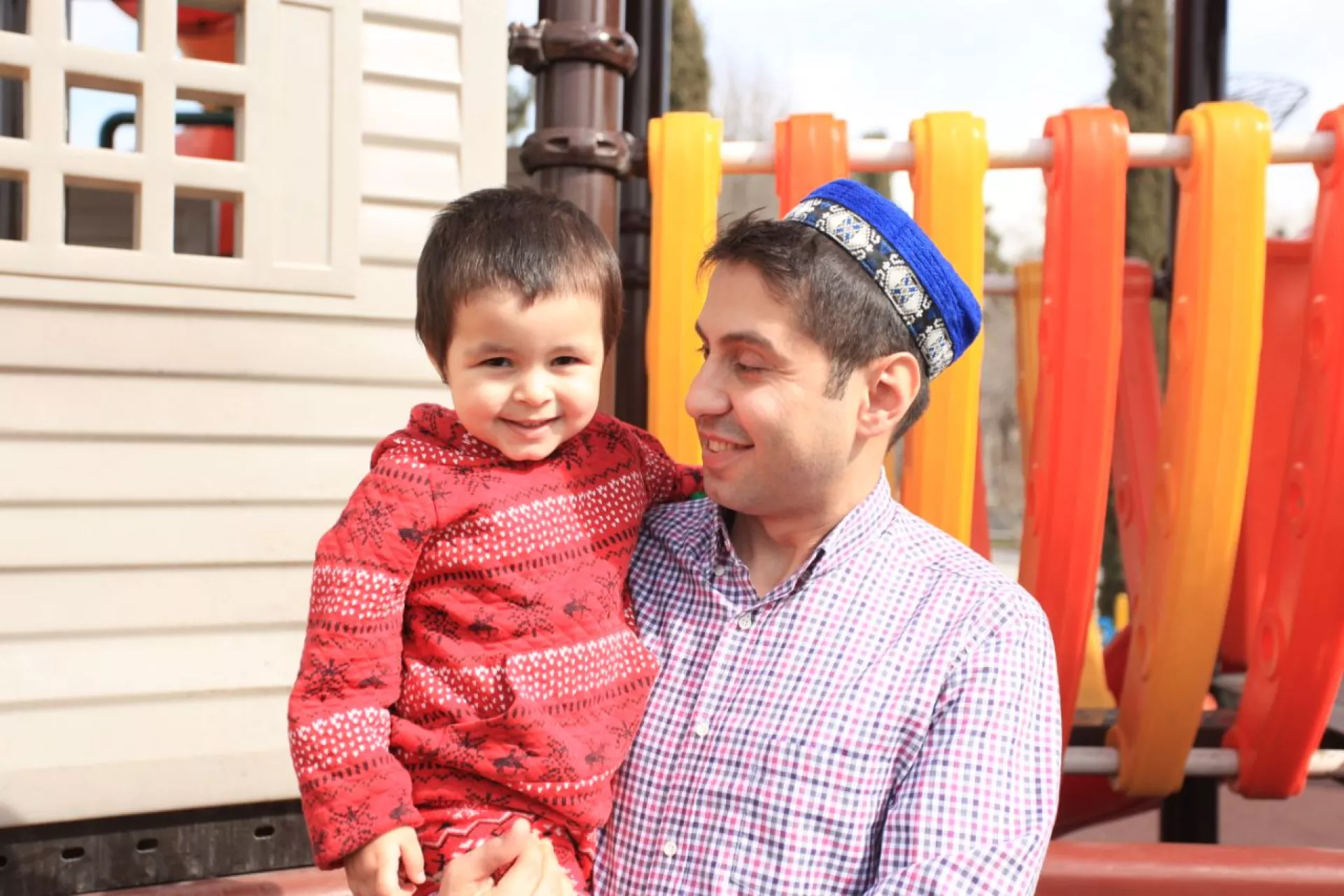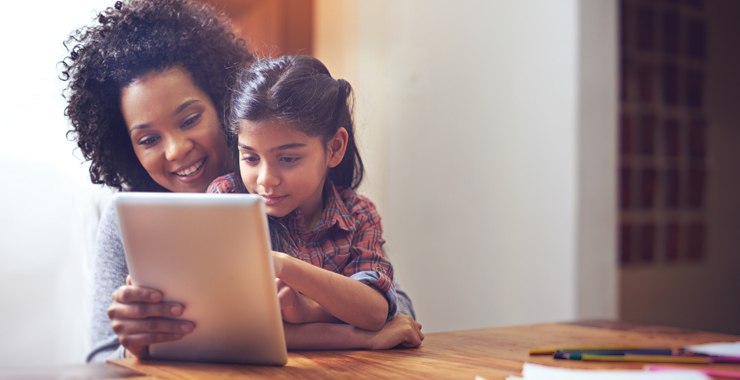What is Child Development?
Child Development is the process of building a child’s physical development, their social and emotional functioning and their cognitive capability. Children learn to understand their emotions by starting with the basics. They can recognize faces and make sounds. The brain development of a child is crucial for their development, as cognitive, emotional and executive skills are heavily dependent on brain functions.
Most children acquire their abilities around the same age, unless they are affected by developmental disorders. Experts divided child development based on these findings into five stages. As milestones for child development, they also included specific abilities like the ability to walk and comprehend complex sentences. These milestones are to be reached by children at certain ages or stages of development.
Newborn Stage
The first two months of life is called the newborn stage. At this stage in child development, babies can respond to sounds, observe people moving, and calm themselves down when spoken to.
The environment that a child grows up in before and shortly after birth has a strong influence on their development. The newborn stage is therefore considered the most crucial age for child growth. It is important for the child’s development that parents cultivate a close bond with their newborn through skin-to-skin touch. In addition, newborns need a lot more sleep because their brain and physical development are accelerating.
Infant Stage
Infants are children between two months and one year old. At this age, physical development of the child continues to accelerate: children begin crawling, sit without assistance, and pick up objects. Children in this stage also put their feet, hands, and other objects into their mouths.
Infants can recognize familiar faces and respond to their names. They communicate by mimicking sounds and gestures. It is important that parents talk to their children constantly at this stage in the child’s development.
Toddler Stage
The toddler stage is the time between the first year of life and 3 years. This is the fastest age group for child development because toddlers grow physically at an accelerated pace and adapt to social situations more quickly. It is expected that they will be able walk on their own, use a spoon or fork and drink from a cup without assistance.
This stage is a time of emotional and social development for a child. At this age, children begin to socialise. They tend to get away from their parents while still being present. Children will copy the play of other children or their toys to try and connect with them. They are affectionate, they notice when other people are upset or hurt, and they look at the faces of their parents to see how their reaction is to a new circumstance. At this stage of development, children learn to recognize and manage their emotions.
Preschool Stage
Preschool children are those between 3 and 5 years of age. At this age, physical development is heightened, and motor skills are refined. Children can now throw a ball and catch it, run and jump, and even dress themselves.
They also develop their social and cognitive abilities during this phase as they experience a world that is different from the one in which they live. They can distinguish between desired and unwanted behaviors in certain places, like libraries, playgrounds and places of worship. It is also expected that a child in preschool be able maintain a conversation consisting of more than three exchanges back and forth.
The School-Age stage
The longest stage of development for children is between 6 to 17 years old. This stage is when children develop their cognitive skills by learning complex concepts and different structures of knowledge in school. At this stage, it’s more likely will improve short attention span. At this stage, children are also beginning to form their opinions and become more independent.
They can also express complex emotions like jealousy, love and hate through sentences and gestures that are well developed. In this stage of development, children are expected to have the ability to make meaningful friends and to connect on a social level. During this period, they should keep a regular sleeping pattern because sleep has a profound effect on the development of children’s learning, physical development, and emotional development.
What are the Developmental Milestones for Kids?
Each stage of child development has a number of developmental milestones. Child development milestones are defined as certain abilities that a child should have by a specific age, for example, walking, developing empathy and more.
The Centers for Disease Control and Prevention classifies developmental milestones for children into four categories.
- Social/Emotional milestones: This refers to the development and maturity of a child’s emotional ability. This includes whether the child can show several facial expressions and understands how to react in new situations. It also involves whether they notice other people’s feelings, comfort them when they are upset or hurt, etc.
- Cognitive milestones: Cognitive Milestones are based upon the learning, problem-solving, and thinking skills that children attain according to their age. They include learning colors, finding objects that are not visible, opening a lid or demonstrating simple problem solving skills, such as standing on a stool in order to reach something.
Reading to or with children and engaging in science activities can help them achieve these cognitive milestones, and improve their analytical thinking.
- Language/Communication Milestones: This category concerns communication skills and how children use language to express themselves. As examples, children can make sounds other than cry, imitate the way others call things, reach for objects they desire, and enhance their vocabulary.
- Milestones in Movement/Physical Child Development: The physical development of children is based on how they grow and develop according to their age and the way that they use motor skills and executive function. As an example, holding their head still, standing up on their own, walking, drinking out of a cup and not spilling it, using a fork and spoon correctly, etc.



